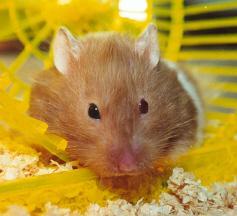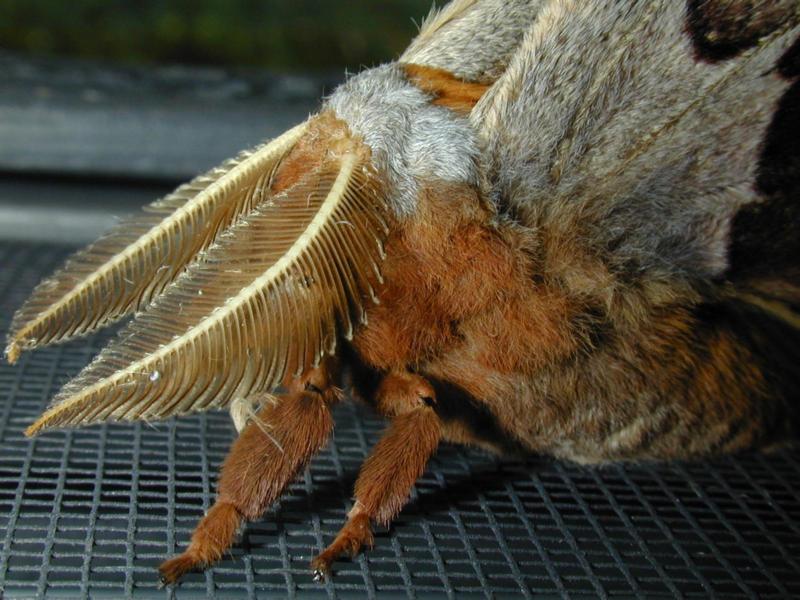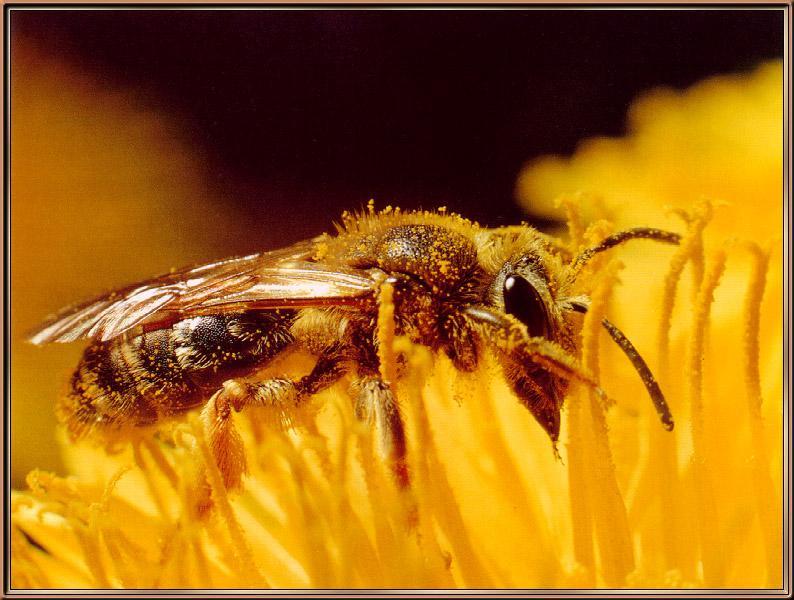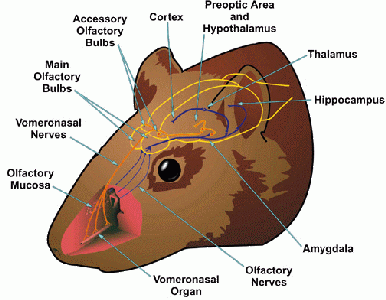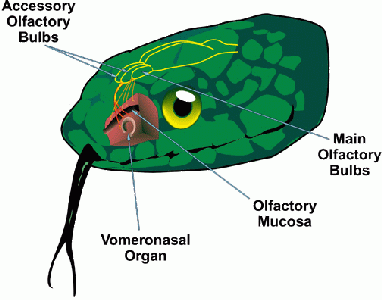PART1: CHEMICAL EFFECTS ON INTERPERSONAL RELATIONS:SIMULATING “THE URGE TO LOVE" |
|
|
Part 1: Section 2 |
|
|
“Love Molecules”: Pheromone’s Effects on Behavior |
|
| In the last section, I pointed out that it is not at all farfetched to think that chemicals play a role in influencing our feelings. As I read more on this topic, I came across literature dealing with pheromones. These are air borne chemicals released by organisms enabling them to influence each other’s behavior. In a recent Insight article, Love Gets Lab Tests , the authors stated that “research has neuroscientists predicting people one day might harness a pheromone once believed uncontrollable: love.” | |
| To say that a single chemical can capture a complex behavior is farfetched to even the most devoted chemist. Nevertheless, such statements flood popular literature. However, there is reason to connect pheromones to their ability of attracting members of the opposite sex. In this section, I outline the highlights of major research with solid findings, particularly in the area of pheromone influence in insects and rodents. In the section on Menstrual Cycle Synchronization and Pheromones , I examine to what extent the phenomenon of pheromones can be extended to humans. | |
| The first pheromone ever identified was a sex attractant for silkworm’s moths. After isolating glands of about 500,000 female moths, scientists extracted a rather interesting chemical. Even small amounts of it made male mouth beat their wings in a “flutter dance.” The fact that it produced such a strong response in male moths helped scientists to purify this compound. They removed extraneous matter and established the minimum amount of the chemical necessary to provoke the male response. It was then determined that this pheromone called “Bombyx mori” signaled “come to me” from great distances. If a female were to release all of its pheromone at once she could theoretically attract about trillion male mouths! | |
|
Also, it has been noted that pheromones released by the queen honeybee (produced in her gland) causes the other bees to raise the queen’s young and basically do anything she pleases! Also, the chemical serves as an attractant for members of opposite sex. Certain species of male beetles literally make “a chemical offering” to a potential mate and if the female finds the chemical compatible, she will continue to mate with him. Dealing with mammals is an entirely different issue. Insect behavior is more stereotyped and predictable. Mammals on the other hand are independent and obviously more complex creatures with a great behavioral variation whose meaning is not always clear-cut. Studies in hamsters and rats actually provide solid evidence for existence of pheromones. |
|
| In one study on hamsters, which was done at the Worcester Foundation for Experimental Biology in Massachusetts, researchers anesthetized a male golden hamster and let another normal male hamster into the cage. In all cases, this hamster either ignored the anesthetized male hamster, or bit its ears off! However, when the anesthetized male hamster was rubbed with vaginal secretions from the female hamster, the normal hamster instead of rejecting it tried to mate with the anesthetized male. Eventually, the protein, which triggered such a clear-cut response, was isolated and termed “Aphrodisin.” This substance was found to be a carrier protein for a smaller molecule, which is bound to the air borne pheromone. | |
| Since the 1960’s most of the work on mammalian pheromones was done in various rodents, particularly in rats. Experiments in which rats where placed in different cages with exchange of air between them, proved that air borne substances had a powerful effect on mating and socialization. Basically, researchers have now identified specific chemicals in mammals that could be called pheromones. | |
|
Most mammals are thought to detect pheromones through their
olfactory system as well as through the vomeronasal organ, or VNO,
which is located inside their nose. The VNO of hamsters and snakes
has been precisely identified.
Images © Florida State University and Michael Meredith For instance, if the VNO was removed from young hamsters before they had an encounter with a female, they wouldn’t be able to mate normally with her when they were given a chance. However, if they waited to remove the organ after the hamsters had some experience with females, the male’s mating behavior was normal. Also, in the studies of the brain circuitry of hamsters’ chemosensory system, when VNO is removed in experienced male hamsters, (those who encountered females) there is still brain activity in areas which are normally stimulated by the signals from the VNO. |
|
| Taking from the studies done in these areas, one can conclude that: | |
|
AIR BORNE CHEMICALS PLAY A ROLE IN ATTRACTION AND MATING BEHAVIORS OF INSECTS AND LOWER MAMMALS. |
|
| Also, it seems that there are other aspects of attraction, which were alluded to in the last paragraph. Namely that there are brain centers, which can be stimulated by these chemicals or by learned behaviors , such as we have seen in the case of male hamsters who had previous encounters with a female. I will go more into this topic in Part 2 | |
